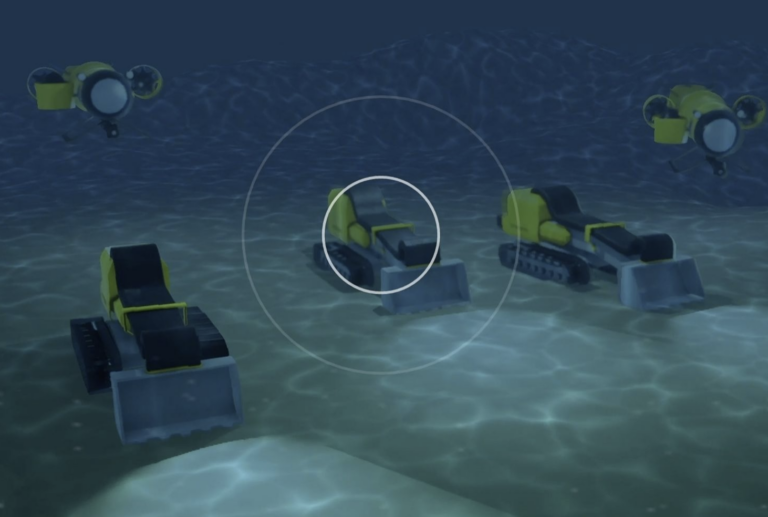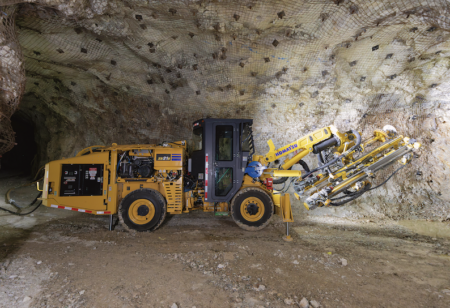Volvo CE recently engaged David Zach and Glen Hiemstra, known for their work with dozens of innovative fortune 500 companies, to provide expert forecasts on where the industrial industries may be headed.
“In order to build tomorrow, that means having a good sense of what tomorrow may look like,” said Stephen Roy, senior vice president for the Americas, Volvo CE. “While no one can be 100% certain about what the future has in store, these professional futurists can give us an educated guess based on the research, science and economic trends we see today. We asked students from the Columbia College of Hollywood to animate some of these forecasts so that we have a vision of the possible future from those young persons who will soon inhabit it.”
Presented below are a sample of the forecasts for each industry. A video outlining the project was also created.
Construction
- Buildings of all sizes will be increasingly modular, utilising more prefabricated elements.
- Entire rooms and their furnishings will be built in a specialised location, then installed at the job.
- Flying drones will monitor construction on job sites, reporting critical data and visualisations.
- Rolling drones will travel up and down building shafts and behind walls to take readings.
- New paint polymers will improve air quality while wall sensors monitor for chemicals, smoke and fire.
- Entire neighbourhoods will be 3D printed, then completed with prefabricated elements.
Agriculture
- Vertical skyfarms near cities will boost the amount of food that can be grown on a single piece of land.
- These indoor farms with multiple stories give the ability to control weather, irrigation and pests.
- Plants on all farms will be tagged with RFID and sensors to control nutrient and water intake.
- Autonomous electric construction equipment will help prepare lands and transport harvests.
- Robots that use artificial intelligence will pick crops and sort them for either human use or composting.
- Halophytes, crops grown in saltwater, will help tackle freshwater shortages around the globe.
Mining
- Autonomous and remote-controlled equipment will remove humans from dangerous situations.
- Humans will control mining equipment from remote locations via simulators that give tactile feedback.
- Automated, fully electric machines will handle repetitive duty-cycle work with no emissions.
- With programmed, autonomous machines, mining operations will work around the clock.
- Robots will move in to pick materials from mine shafts and use artificial intelligence to sort them.
- We will increasingly extract materials from the ocean, asteroids and other planets.





